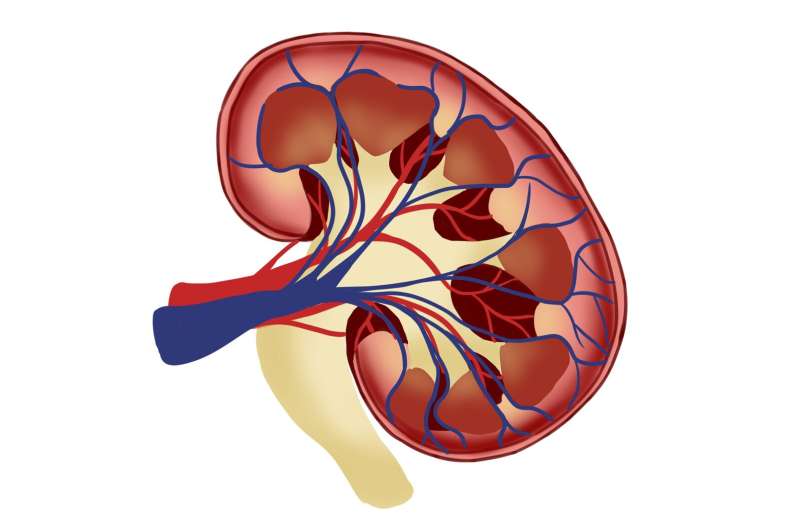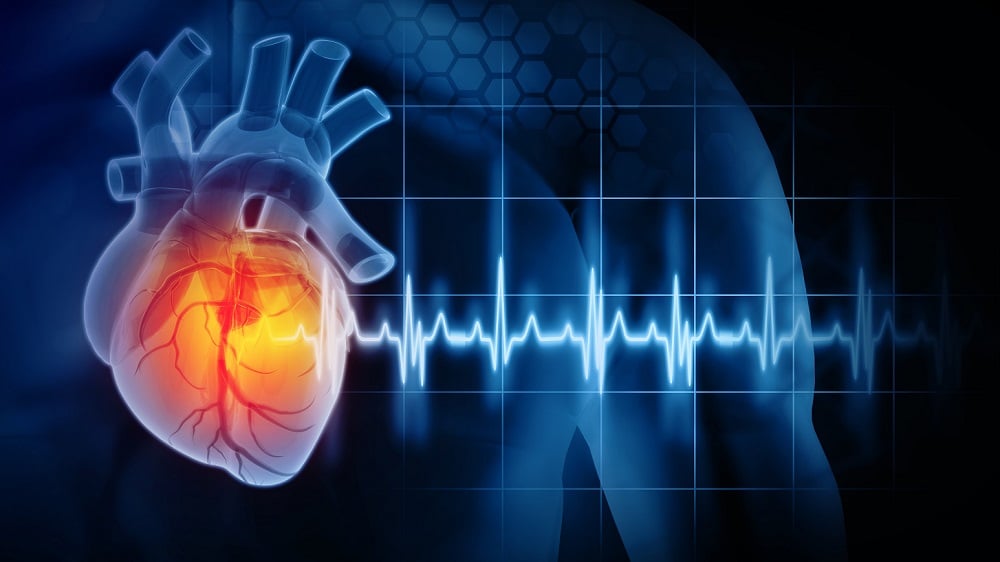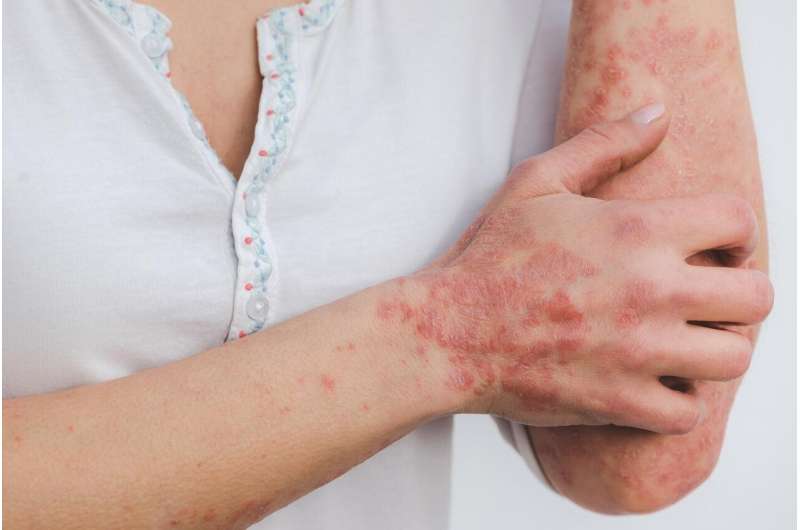Extracellular vesicles (EVs) are garnering increasing interest in the field of molecular biology due to their potential role in cellular communication and disease progression. One notable area of research is the application of EVs as a cellular tracking tool in understanding polycystic kidney disease (PKD), a genetic disorder that severely affects kidney function. This article reviews recent findings from a study conducted by geneticists at Rutgers University, as published in Nature Communications.
Understanding Polycystic Kidney Disease
Polycystic kidney disease affects over 12.4 million people globally and is characterized by cyst formation in the kidneys, leading to compromised organ function. Traditionally, treatment options have been limited to dialysis and organ transplantation. Therefore, discovering new therapeutic approaches is essential for improving patient outcomes.
The Role of Extracellular Vesicles
Historically, extracellular vesicles were considered mere cellular waste. However, recent studies have demonstrated their significance in intercellular communication, particularly regarding their cargo, which can include proteins and genetic material. According to Inna Nikonorova, the lead author of the study, "Beneficial cargo within these transporters—proteins, for instance—aid in tissue regeneration." Conversely, they can also carry harmful elements that exacerbate disease conditions.
Research Methodology
Nikonorova and her team focused on understanding how polycystin proteins, which are critical for kidney function, are packaged into EVs. To achieve this, they utilized a model organism, C. elegans, selected for its rapid growth cycle and transparent body. The researchers employed a specific labeling tool to track EVs carrying the polycystin-2 protein:
- The labeling tool binds specifically to polycystin-2.
- Once labeled, the cargo's movement through the organism can be monitored using microscopy.
This innovative approach allowed researchers to visualize the distribution and interactions of these proteins in real time.
Findings and Their Implications
The study revealed critical insights into how polycystins are packaged into EVs and what additional proteins are involved in this process. Nikonorova emphasized, "We took each candidate and looked at whether it goes to vesicles with polycystins and interacts with them." This level of complexity in understanding protein interactions is paramount in deciphering the mechanisms at play in PKD.
Potential Therapeutic Applications
Understanding the interaction of polycystins within EVs could pave the way for novel therapeutic strategies aimed at slowing the progression of PKD. With more detailed knowledge about the protein cargo, researchers can identify potential targets for drug development or gene therapy. Below is a summary of the research findings:
| Finding | Description | Potential Application |
|---|---|---|
| Protein Interaction | Identified proteins that travel with polycystins in EVs. | Targets for new drug development. |
| EV Tracking | Developed a method to visualize EV cargo in live organisms. | Understanding protein behavior in disease progression. |
| Impact on Therapy | Insights into disease mechanisms could inform therapeutic strategies. | Potential avenues for gene therapy. |
Conclusion
The study conducted by Rutgers University researchers marks a significant step in unraveling the complexities of polycystic kidney disease. By leveraging advanced methodologies to track EVs and their protein cargo, scientists are moving closer to understanding the cellular mechanisms that contribute to PKD. These findings highlight the importance of extracellular vesicles in bridging cellular communication and disease therapy, underscoring their potential role in developing targeted treatments for patients suffering from this debilitating condition.
Further Reading
For those interested in the detailed findings of the study, refer to the original publication in Nature Communications: Extracellular vesicles as a cellular tracking tool could yield new therapies for polycystic kidney disease.
References
- Nature Communications (2025). Extracellular vesicles and their role in cellular communication.
- Nikonorova, I., et al. (2025). Mechanisms of protein interaction in polycystic kidney disease.













Discussion